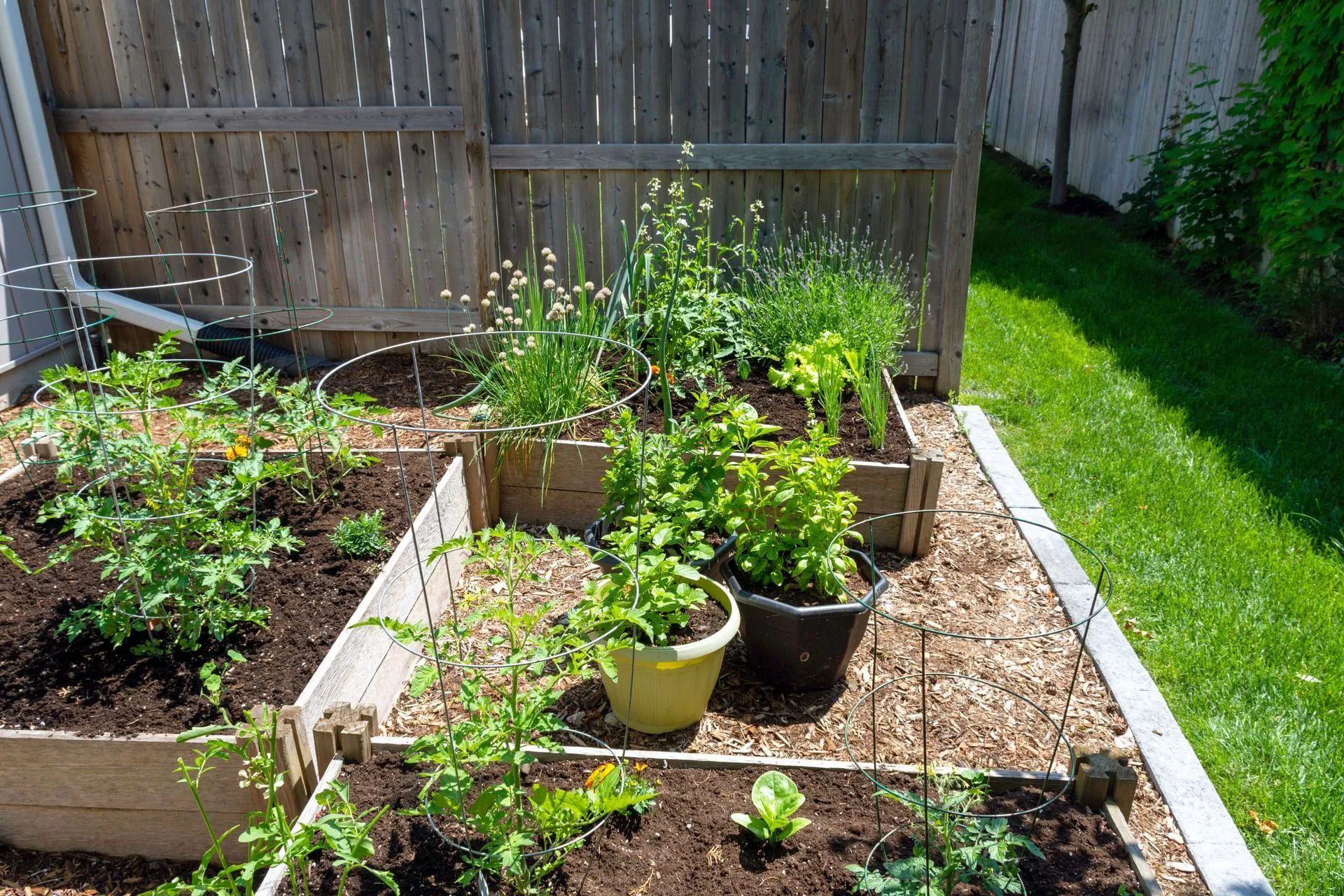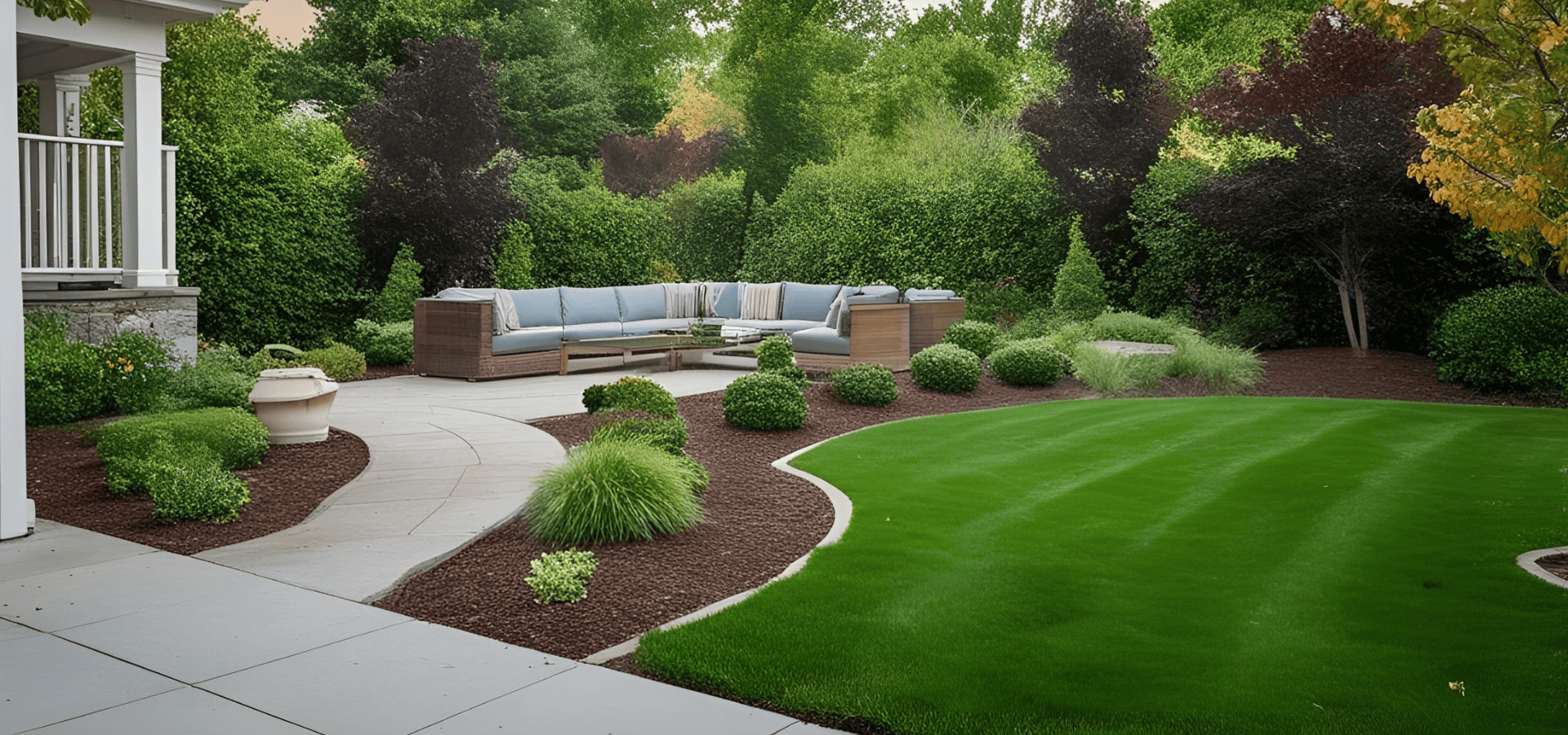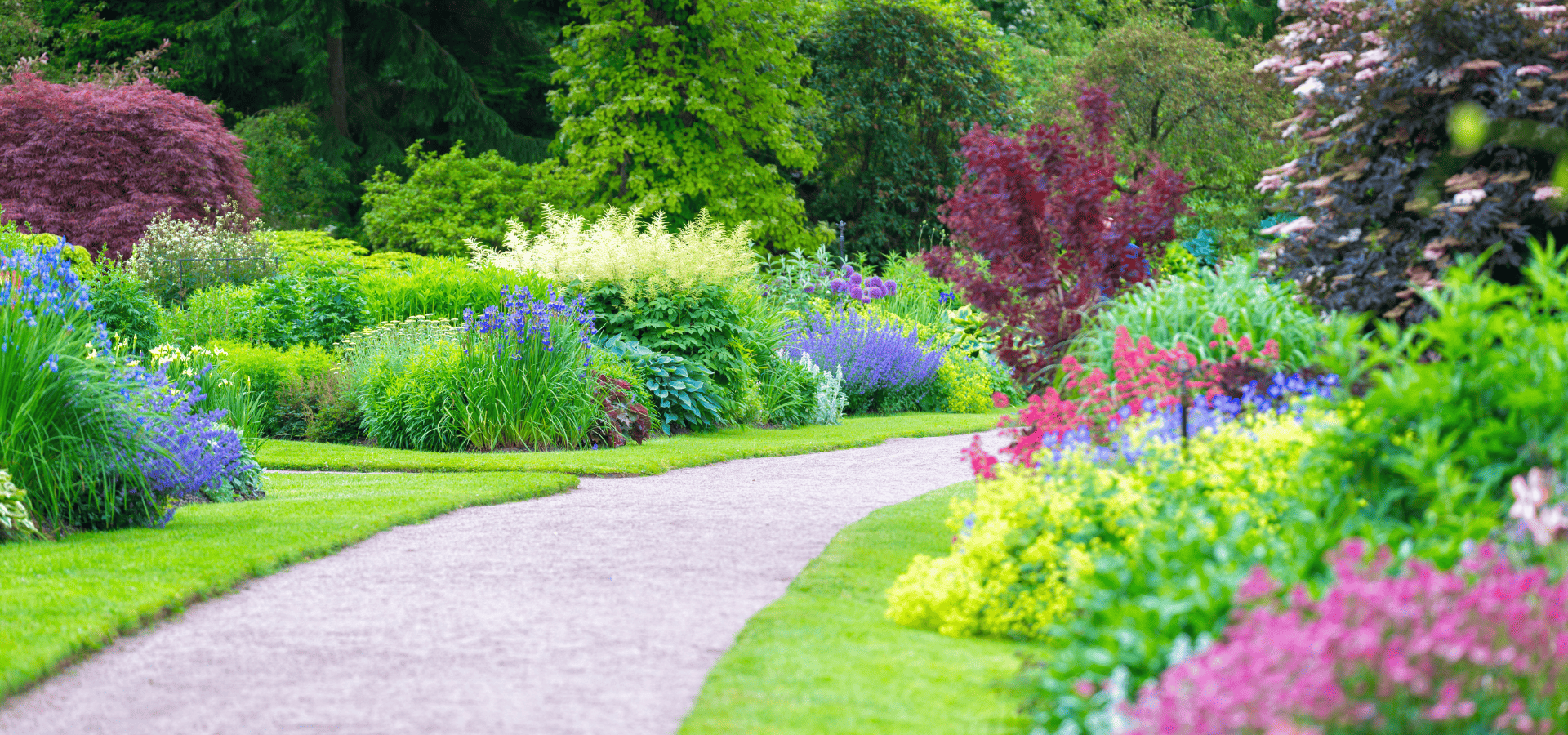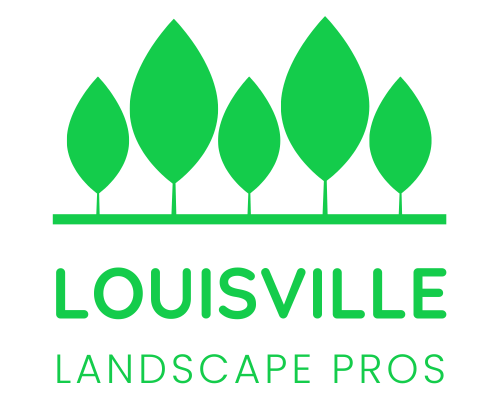DIY Landscaping Projects for Beginners
Landscaping transforms outdoor spaces into beautiful, functional areas. For Louisville residents, DIY landscaping offers an opportunity to save money on landscaping professionals, express creativity, and tailor designs to personal preferences. This guide will walk you through beginner-friendly projects specifically suited to Louisville’s climate and environment, ensuring that your efforts yield rewarding results.
Assessing Your Space
The first step in any landscaping project is to assess your space. Begin by measuring your yard or garden. Note the dimensions and sketch a basic layout, including existing elements like trees, structures, and pathways. Planning allows you to visualize your design and identify potential challenges. Consider sunlight patterns, drainage, and soil type to ensure that your plants and structures thrive.
Choosing the Right Plants
Louisville’s climate, characterized by hot summers and cold winters, dictates the types of plants that will thrive. For beginners, it’s best to start with hardy, low-maintenance options. Native plants are particularly suited to local conditions and support local wildlife. Consider options like Coneflowers, Black-eyed Susans, and Kentucky Bluegrass. These plants are resilient and require minimal care. Remember to group plants with similar water and sunlight needs together to simplify maintenance.
Creating Flower Beds
Flower beds add color and structure to your garden. Start by preparing the soil. Remove weeds and rocks, then enrich the soil with compost. Design aesthetically pleasing shapes for your flower beds, such as curved lines that mimic natural forms. When planting, layer your plants: place taller plants at the back and shorter ones at the front. This arrangement ensures that all plants receive adequate sunlight and creates visual depth.
Installing a Simple Pathway
A pathway adds functionality and charm to your landscape. Materials such as gravel, stepping stones, or pavers are easy to work with and durable. Begin by planning your path layout. Mark the edges with stakes and string. Dig a shallow trench along the marked path, then lay down a weed barrier fabric. Add a layer of sand for stability, and place your chosen pathway material on top. Finally, fill in any gaps with sand or soil. Regular maintenance, like sweeping and occasional weeding, will keep your path looking neat.

Building Raised Garden Beds
Raised garden beds are ideal for beginners. They offer better control over soil quality and drainage and are easier on your back. To build a raised bed, you’ll need materials such as untreated wood, screws, and a drill. Choose a sunny location and measure your desired dimensions. Assemble the wooden frame and secure it with screws. Place the frame on the ground and fill it with a mix of topsoil and compost. Raised beds are perfect for growing vegetables, herbs, and flowers.
Adding Mulch and Ground Cover
Mulch is essential for retaining moisture, suppressing weeds, and improving soil health. Organic mulches, such as wood chips or straw, are particularly beneficial. Apply a 2-3 inch layer of mulch around your plants, avoiding direct contact with stems to prevent rot. For larger areas, consider alternative ground covers like clover or creeping thyme. These plants provide similar benefits and add visual interest.
Installing a Simple Irrigation System
Efficient irrigation is key to a healthy garden. Drip irrigation and soaker hoses are beginner-friendly options that conserve water and deliver it directly to plant roots. To install a drip irrigation system, lay out the tubing along your plant rows, attach emitters near the base of each plant, and connect the system to a water source. Set a timer to ensure consistent watering. Regularly check for clogs and leaks to maintain efficiency.
Creating a Small Water Feature
A water feature adds tranquility and attracts wildlife. Simple options like birdbaths, small ponds, or fountains are manageable for beginners. For a birdbath, choose a shallow basin and place it on a sturdy pedestal. For a small pond, dig a shallow hole, line it with pond liner, and add a small pump for circulation. Fountains can be made using a waterproof container, a submersible pump, and decorative stones. Position your water feature in a shady spot to minimize evaporation and algae growth.
DIY Garden Decorations
Personalize your garden with handmade decorations. Painted rocks, garden markers, and DIY planters are fun and easy projects. Gather smooth, clean rocks and paint them with weather-resistant paint to create colorful accents. Make garden markers using wooden stakes and paint or labels to identify your plants. Recycle old containers, such as tin cans or wooden crates, into unique planters by adding drainage holes and a fresh coat of paint.
Maintenance Tips
Regular maintenance keeps your garden looking its best. Basic tasks include weeding, watering, and pruning. Weeding is crucial to prevent competition for nutrients and water. Water your plants deeply and infrequently to encourage strong root growth. Pruning removes dead or diseased branches and promotes healthy growth. Seasonal maintenance is also important. In spring, clean up debris and refresh mulch. In summer, monitor for pests and diseases. In fall, prepare your garden for winter by clearing fallen leaves and protecting vulnerable plants.
DIY landscaping in Louisville can be a rewarding and enjoyable endeavor. By starting with simple projects, you can gradually build your skills and confidence. Remember to plan carefully, choose appropriate plants, and maintain your garden regularly. With patience and effort, you can create a beautiful outdoor space that enhances your home and provides personal satisfaction.
You might also like



